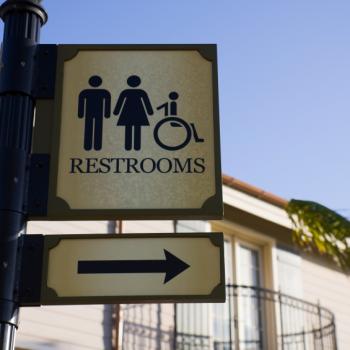The Marines just released a study comparing the performance of all-male units with mixed gender units in the military. And the results?
Women in a new Marine Corps unit created to assess how female service members perform in combat were injured twice as often as men, less accurate with infantry weapons, and not as good at removing wounded troops from the battlefield.
My husband, an Iraq War veteran, reports on the findings of the Marine study over at his column on the National Review Online. David breakdowns the studies findings and they are fascinating though not surprising.
In fact, this summary doesn’t do justice to the dramatic disparity the study documented. The women weren’t slightly less capable than the men; they were profoundly less capable. All-male units performed better in 93 of 134 categories evaluated, and there were “notable” differences in accuracy in “every individual weapons system.” Physically, the top 25th percentile of women overlapped with the bottom 25th percentile of men, and they possessed less anaerobic power, anaerobic capacity, and aerobic capacity than their male colleagues. Women undergoing entry-level infantry training were injured at “more than six times the rate of their male counterparts.”
And what does David say is the consequence of these findings?
It’s quite simple: If you integrate infantry units by gender, more Americans will die, and our enemy will have a better chance to prevail on the battlefield. If you’re less accurate with your weapons, the enemy has a better chance of survival. If you can’t evacuate your wounded as effectively, your wounded are more likely to die. Even in non-combat environments, the training hurts women at a remarkable rate, and units that suffer high training attrition lose combat effectiveness.
But the most compelling part of his argument for me, was his actual experience on the battlefield:
As our nation grows increasingly divorced from actual military experience, it forgets how intensely physical infantry service is. When I went out on foot patrols in Iraq, I routinely carried 75 extra pounds of gear — including body armor, a rifle, a sidearm, a knife, a basic combat load of ammunition, and a camelback for water. And that was a light load. As a JAG officer, I didn’t even have to tote grenades, communications gear, or any weapon heavier than an M4. When I finished a patrol, I was able to roll back into base, take off my gear, and rest my aching muscles. The guys on the line, by contrast, stayed outside the wire day after day, week after week, and they found themselves carrying full-size, wounded men in the middle of firefights. I’m not sure any of those wounded would want to bleed out for social justice.
As the wife of an Army officer, I can say that whatever provides the most protection for my husband on the battlefield and gives him the greatest chance to return home is the policy that should govern! Let’s leave the social justice experiments to places where real lives are not at stake, please!
To read more of David’s thoughts on this issue, read his full article here.
Read more on the Patheos Faith and Family Channel, follow Nancy on Facebook, Twitter, and Instagram!










